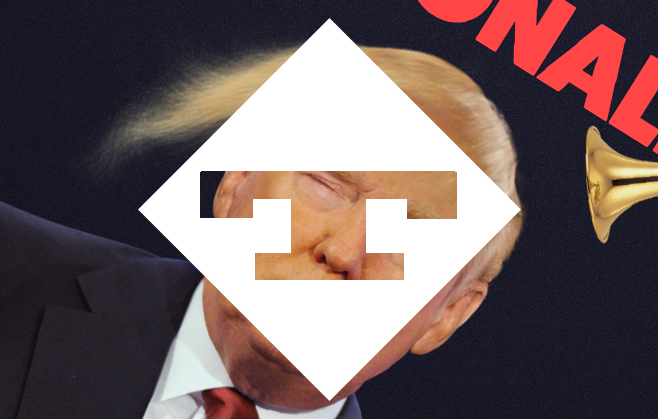
The Presidential Election: How digital played a part
As with any momentous event, online activity was rife throughout the Presidential Election. We look back on the digital and social media highlights, and ask- did conversation have an effect on the final outcome?
Expectedly, both Presidential candidates used social media deftly, drumming up support for their campaign, as well as to spark a reaction. While Hilary Clinton stuck to a traditional and effective strategy of encouraging engagement, her approach also resulted in her posting the most retweeted tweet of the entire campaign. In a controversial move outside of her usual content, she directed a tweet to Donald Trump simply stating, “Delete your account”, which was retweeted over 500,000 times. In traditional form, Trump’s social media activity was direct, contained strong messaging, and created a “rallying” effect, using Twitter for instance to also share results and news stories. Overall, results throughout the race indicated that Trump won out on social media- data from 4C Insights revealed that he received a 58% positive reaction on Facebook and Twitter, compared to 48% for Clinton. While we’ve not generally seen social media and online results to be a fully accurate indicator of political outcome, it’s clear that in this case sentiment matched up.
Generally, online posts and reports can be largely inaccurate, leading to misinformation- and in this case regardless of the result, this problem was still rife. For instance, social media coverage during the election paved the way for false information, disguised as news. Nowhere was this truer than on Facebook, where the platform’s lack of regulations led to a number of users creating pro-Trump news websites and promoting these through their pages. This resulted in fake stories fed through the site, which these users were then able to profit from via advertising revenue. Interestingly, research by BuzzFeed also revealed that overall, 38% of right-wing stories posted to Facebook pages were lies. And unfortunately, with Pew Research revealing that six out of ten millennials receive their political news from Facebook, such articles could have a detrimental effect. Further sensationalist stories were quick to reach other social media platforms- on Twitter for instance, users tweeted that an assassination attempt had been made on Donald Trump, (which he had survived), adding further to the chaotic amount of misinformation circulating online.
Despite this, social platforms tried to play their part in generating awareness and encouraging voters. Facebook for instance, partnered with around 50 broadcasters, online and print publications to create live-stream videos up to Election Day, while Twitter created an exclusive political account handle, “@gov” to tweet information via direct message to users. One digital offering we particularly liked was the creation of an exclusive app, aimed at educating voters through gamification. Entitled Sway, the platform encouraged users to read up on issues surrounding the campaign prior to voting. The app contained content introducing users to key points and arguments, blog and newspaper articles, political documents, as well as opinions from reliable sources such as academics and think tanks. Cleverly, the app also monitored how influenced or “swayed” users were by the answers they gave to questions it posed. While social media platforms tried to generate as much awareness for the election as possible, there were several features that were fun, but probably wouldn’t have made an impact. For instance, the Trump campaign paid a staggering amount of money- reportedly in the region of $450,000 and $700,000 to display a Snapchat geo-filter featuring a Trump cartoon at the bottom of users’ snaps.
Did you follow the conversation online, via social media, and offline? Do you think it was easy to gauge public sentiment from this? We’d love to hear your thoughts, so please tweet to us @PracticeDigital and share your comments on our Facebook page.




